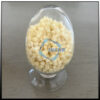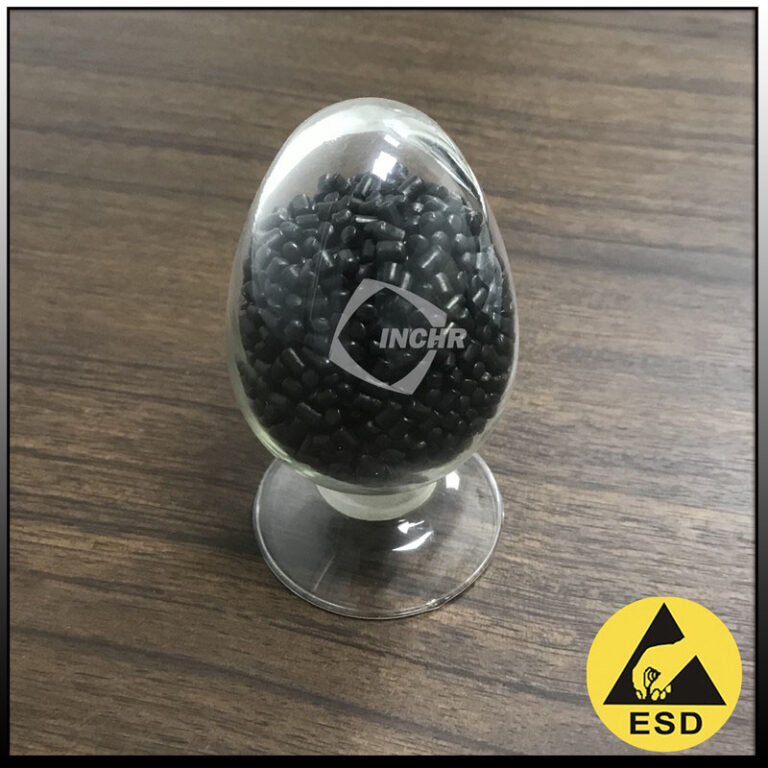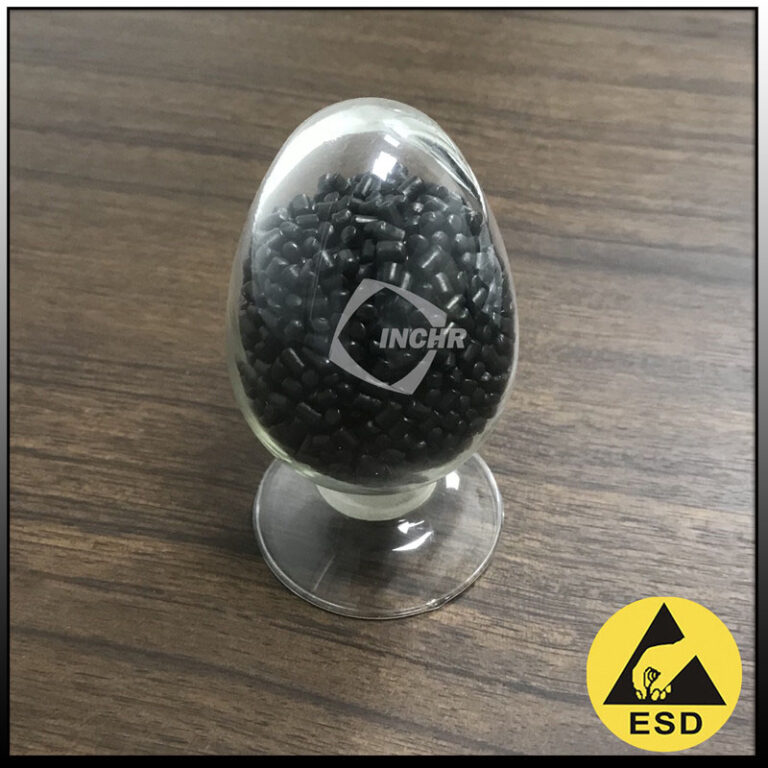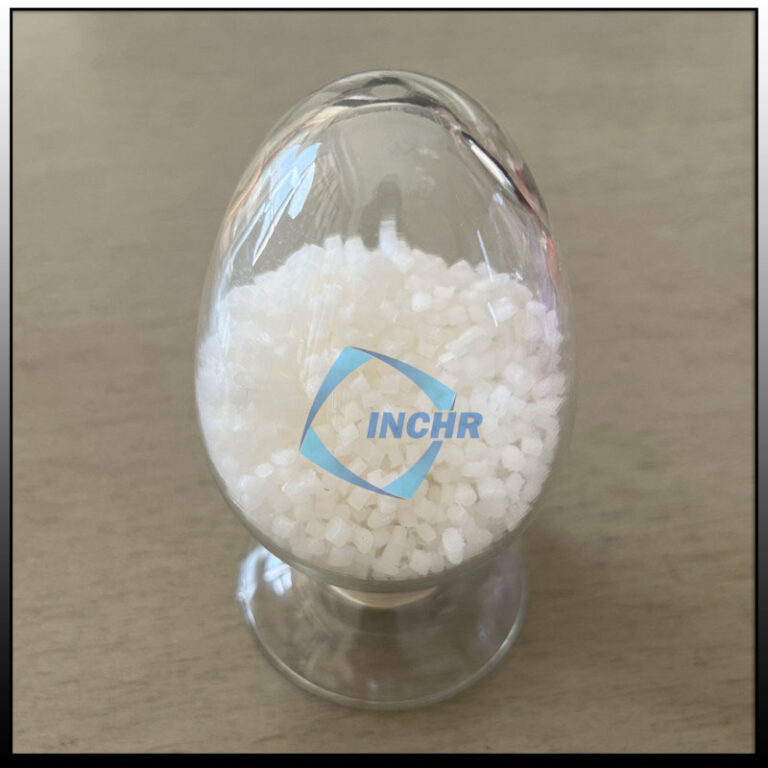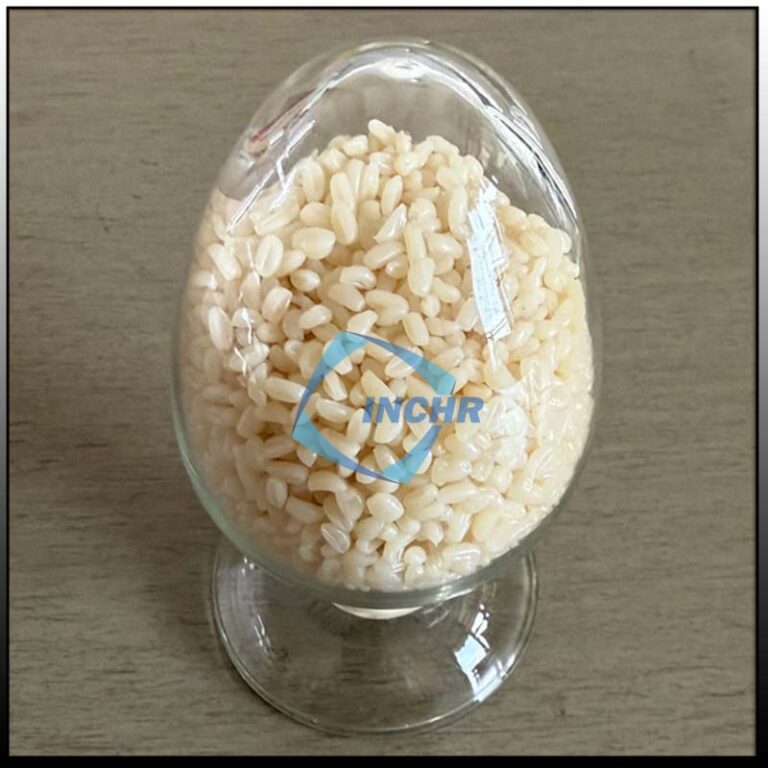Introduction of Antistatic Agent F or Rubber
or Rubber
- The antistatic agent for rubber is a chemical substance specially used for rubber products, usually in the form of granules. Its main function is to improve the conductivity of the rubber surface, reduce or eliminate static electricity accumulation, prevent dust and other particles from adhering to rubber products, and reduce the risk of electrostatic discharge.
- Antistatic agent for rubber can make the surface resistance of rubber products reach 10E8 ohms, and even at a low temperature of -10℃, the surface resistance can still be maintained at 10E9 ohms, meeting the requirements of ESD (electrostatic discharge) products. Suitable for rubbers such as NBR EPDM PVC SBR.
- Antistatic agent for rubber is a material specially designed to reduce the surface resistance of rubber products. It can be widely used in various rubber products such as anti-static soles, rubber rollers, conveyor belts, tires, table mats, rubber sheets, seals, soft rubber hoses, etc. This antistatic agent has good compatibility with various rubbers and will not affect the physical properties of rubber products, such as strength, hardness, wear resistance, etc.
- Rubber soles are prone to accumulate static electricity during friction, which may not only cause inconvenience but also cause safety hazards in some specific working environments. To solve this problem, an antistatic agent for rubber has become an effective solution.
Characteristics Of Antistatic Agent For Rubber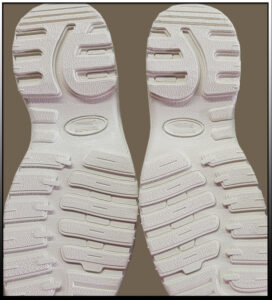
- Long-lasting and stable antistatic effect: Unlike short-acting antistatic agents, antistatic agents for rubber do not rely on absorbing moisture in the air to resist static electricity, but have good conductivity themselves. They can form a stable conductive grid or conductive channel inside the rubber, which can disperse or discharge static charge for a long time. Even under long-term use, different environmental conditions, and multiple frictions, they can still maintain excellent antistatic performance, so that the surface resistance of rubber products is stable at a low level.
- Good heat resistance and stability: Antistatic agents for rubber can withstand high temperatures in the processing of rubber products and high-temperature conditions in the use environment. They will not decompose, volatilize, or lose activity at high temperatures. The antistatic effect will not be affected by temperature changes, nor will it have adverse effects on rubber vulcanization and other processing processes. It can also increase the vulcanization density of rubber and increase the vulcanization speed.
- Strong chemical stability: It has excellent properties of high light resistance, strong acid, and alkali resistance, can remain stable under different chemical environments, does not easily react with other components in rubber products or external chemicals and become ineffective, and can be well compatible with various additives in rubber to ensure the antistatic performance of rubber products under different chemical conditions.
- Wide environmental adaptability: It is less affected by environmental humidity, temperature, and other factors, and can play a stable antistatic role in both dry and humid environments. Unlike some short-acting antistatic agents, the antistatic effect will be greatly reduced in a dry environment.
- High safety: Antistatic agent for rubber is non-toxic, meets relevant safety standards and environmental protection requirements, does not cause harm to the human body and the environment, is relatively safe during use and storage, and can be transported and stored as general chemicals.


